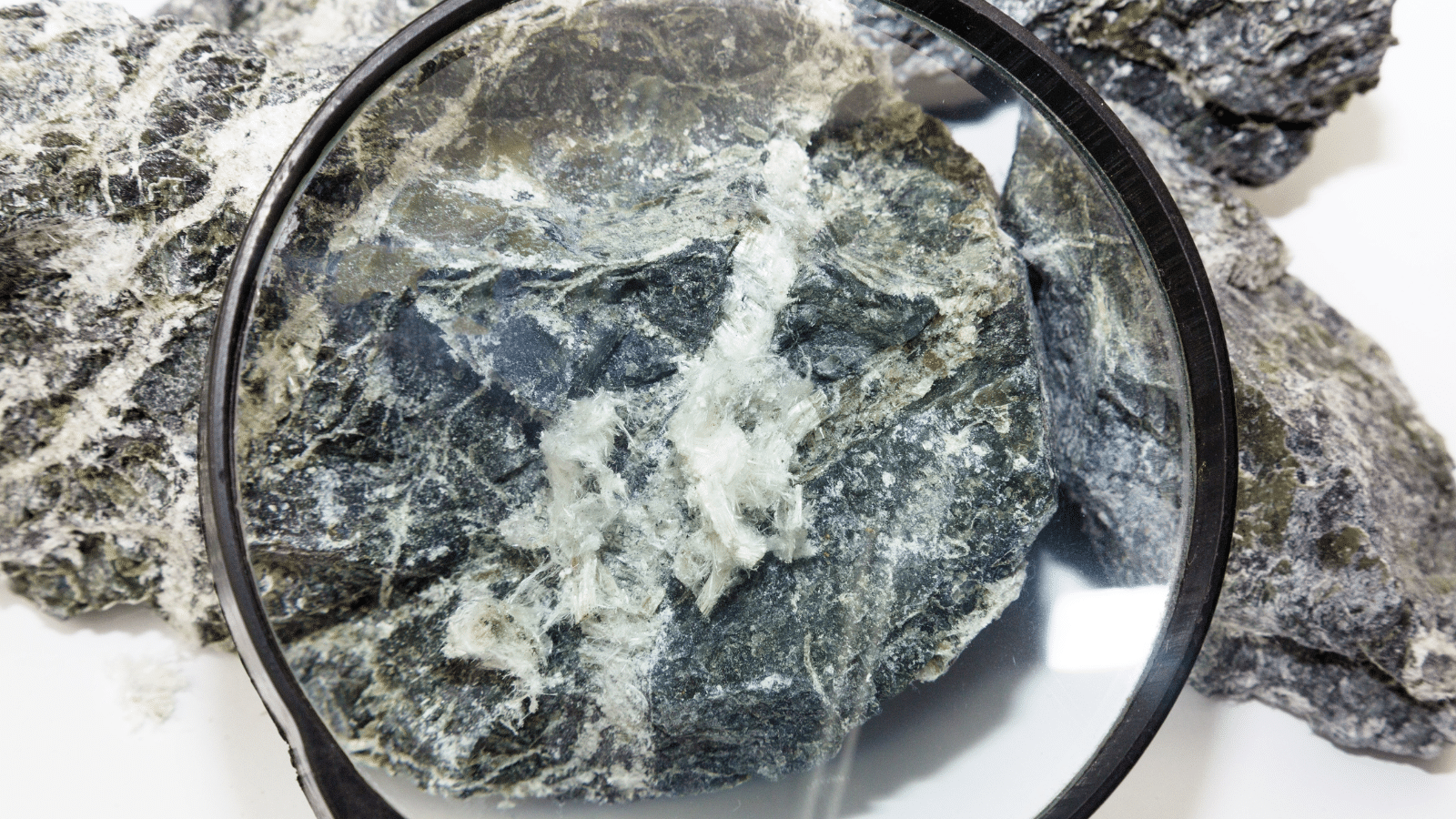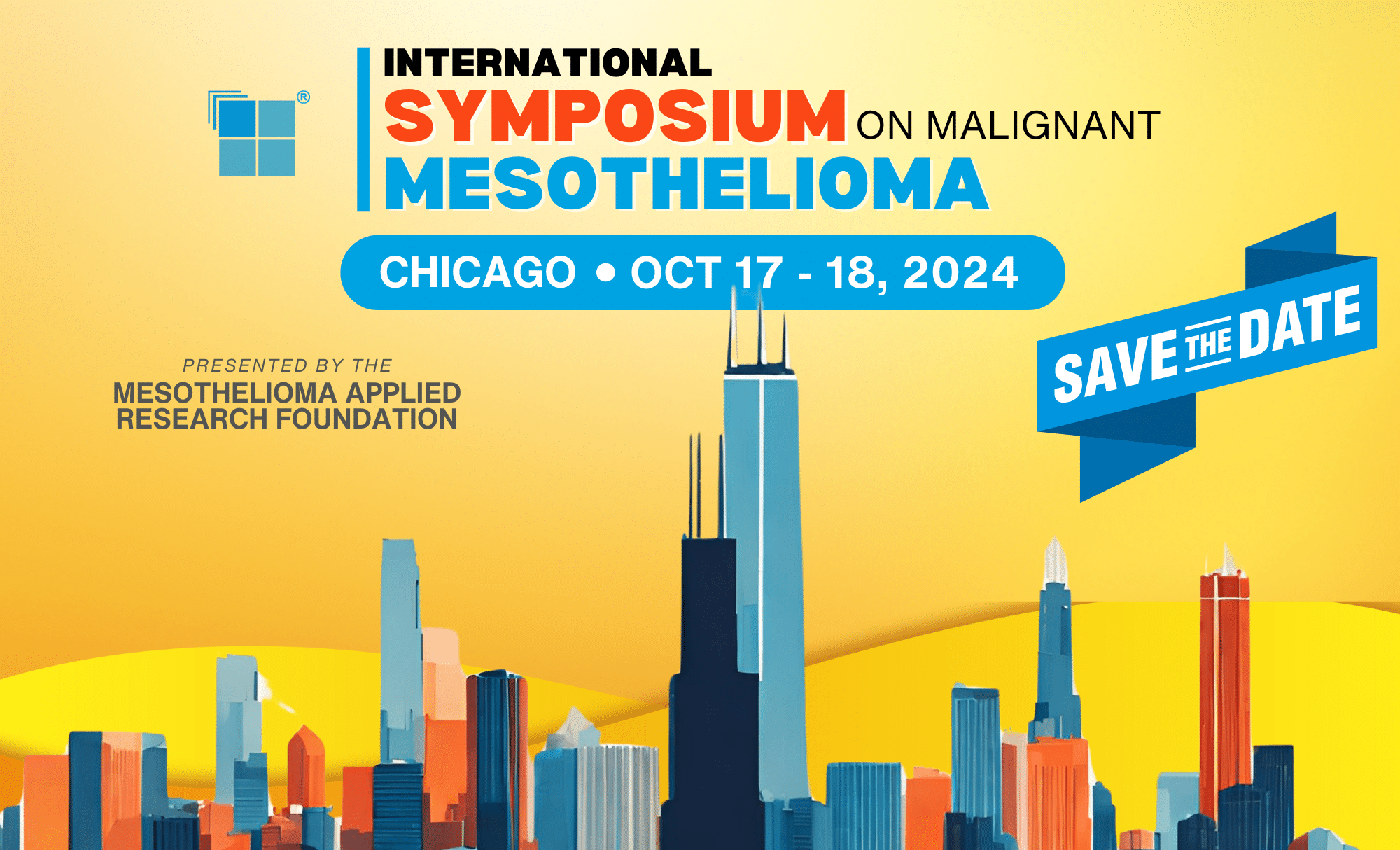A study just published by researchers at Fox Chase Cancer Center revealed that even low exposures to any type of asbestos, including chrysotile, can increase the susceptibility to the development of mesothelioma in mice with inherited BAP1 mutations.
About asbestos
To best contextualize these findings, it is important to first understand asbestos. Asbestos is a generic, commercial term defining a group of unrelated minerals with similar properties, including heat and corrosion resistance. These minerals are then further differentiated based on their shape, size, and other physical characteristics. This study looks at exposures to crocidolite (amphibole) asbestos, known as the more aggressive type due to its rigid, sharp shape and its often microscopic and easy-to-inhale size, and exposures to chrysotile (serpentine) asbestos, which is wool-like and soft. Scientists had already concluded in previous studies that exposure to the more “aggressive” crocidolite induced mesothelioma more frequently and with earlier onsets in BAP1 mutated mice as opposed to their littermates without the mutation. However, the effect of chrysotile asbestos exposure on BAP1 mutated mice had not been tested previously. Because of its physical characteristics, the effects of chrysotile asbestos on mesothelioma development have been debated in the past, but this study provides a roadmap to the process by which chrysotile asbestos causes mesothelioma development.
About BAP1 mutations
While BAP1 mutations can occur in any cell, including tumor cells, and can be acquired over a lifetime, the results of this study refer to BAP1 mutations that are inherited and, therefore, are present in every cell of the individual’s body.
Germline BAP1 mutated mice display susceptibility to mesothelioma through minimal asbestos exposures
The study concludes that both chrysotile and crocidolite asbestos can be carcinogenic. Furthermore, in mice with the BAP1 mutations, even small exposure to chrysotile asbestos produces an inflammatory response, creating an immunosuppressive tumor microenvironment where immune cells cannot control cancer cells. After exposure to chrysotile asbestos, the tumor microenvironment also helps to increase blood supply to the cancer, accelerating its growth.
For mice injected with lower amounts of chrysotile asbestos, the incidence of mesothelioma development was higher than for mice injected with higher doses, albeit the onset of mesothelioma took longer. Authors hypothesized that mice injected with higher doses of chrysotile asbestos experienced excessive inflammation, which resulted in intestinal obstructions or liver fibrosis from which they died before developing mesothelioma.





